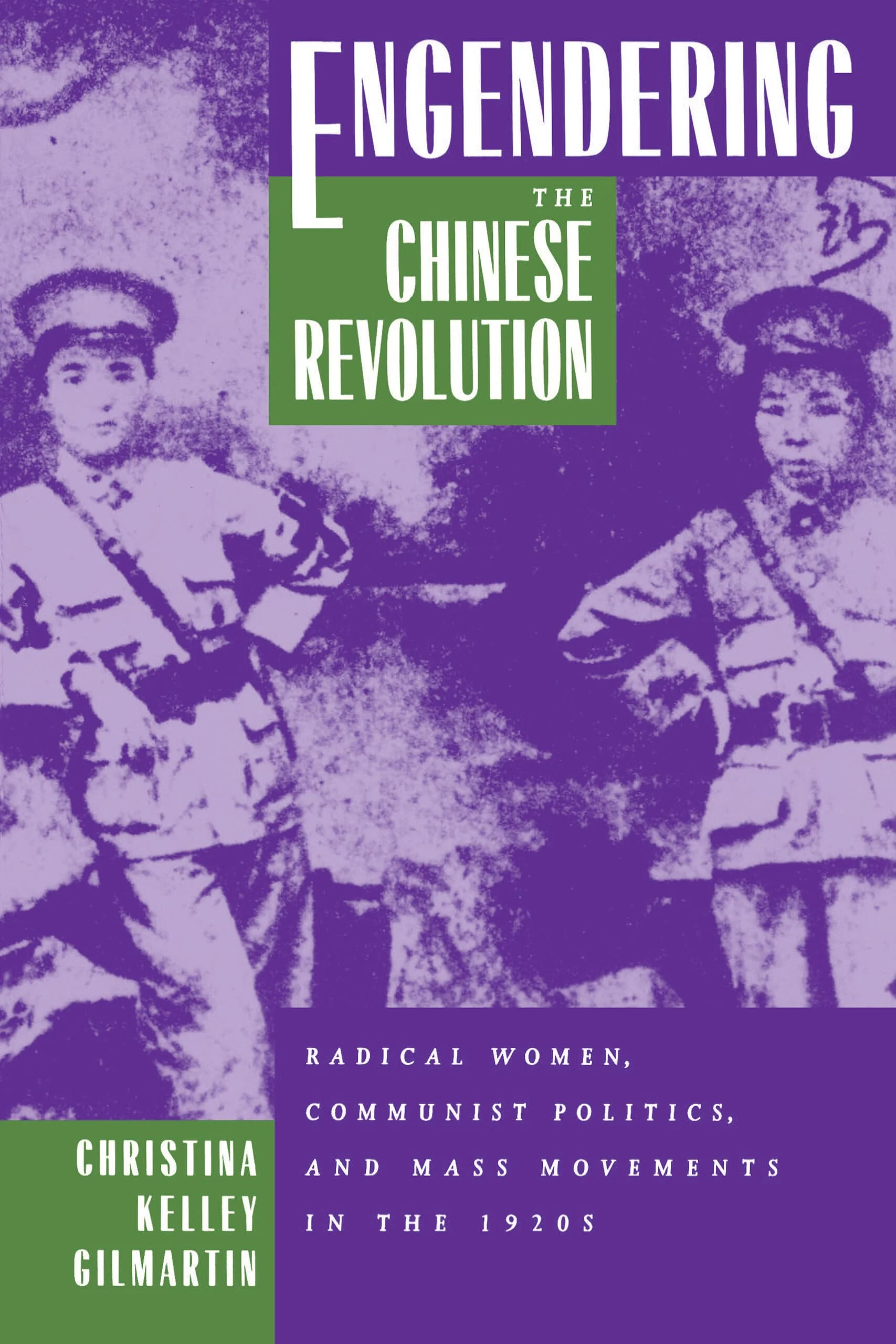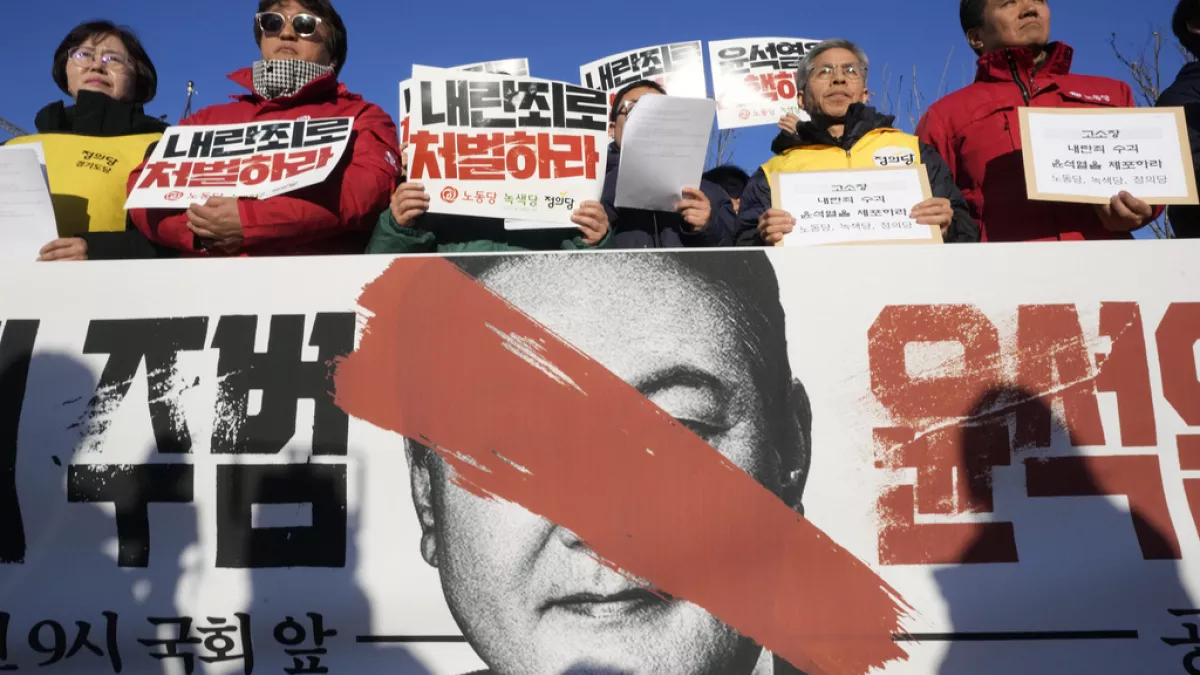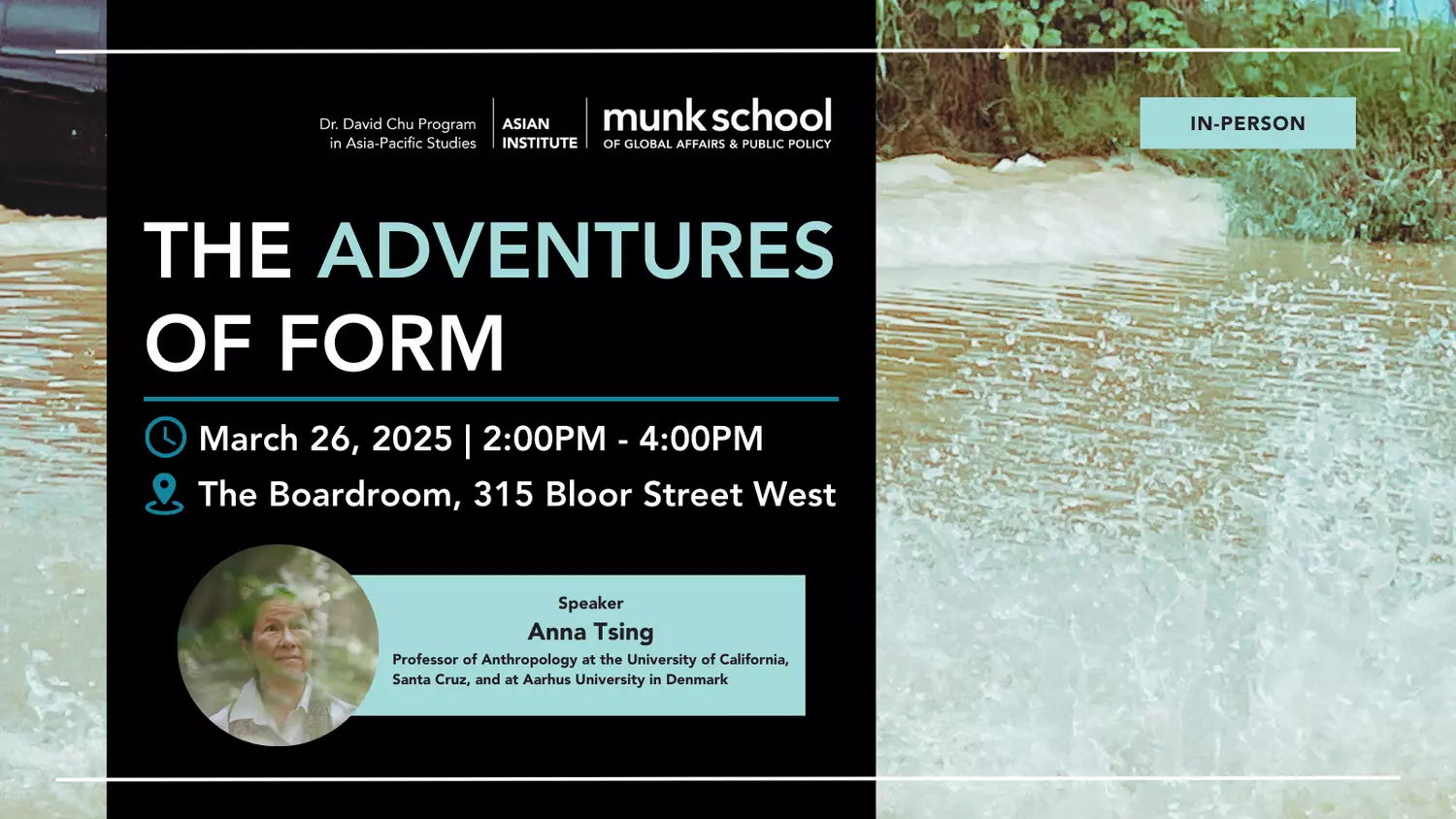In early twentieth-century China, the May Fourth intellectuals aimed to save the country, and they linked the oppression of women with China’s feudal backwardness, arguing that women’s liberation was essential for national renewal.1 Around the same time, the Chinese Communist Party was founded in 1921, Engendering the Chinese Revolution: Radical Women, Communist Politics, and Mass Movements in the 1920s, which was first published in 1995, and reexamines these gender politics in the Chinese Communist Party’s early years.
As the book title suggests, Gilmartin uses “gender” as an analytical conceptual framework and explores women’s political roles within the Chinese Communist Party and other revolutionary organizations. The book with seven chapters in total, examines important historical events in the 1920s in a chronological order. The first four chapters focus on gender issues in the formative years of the Chinese Communist Party in Shanghai from 1920 to 1925, revealing the contradictions between the party’s stated commitment to women’s liberation and the patriarchal structures in its political practices. Specifically, Chapter 1 examines the early male communist rhetoric about women’s liberation, showing how the discussion of women’s liberation was still a male-dominated discourse. Early male communists like Chen Duxiu made women’s liberation a revolutionary tool to eliminate feudalism; however but it was “beneficial for the survival of the nation,”2 instead of primarily for the benefit of women’s agency. Chapter 2 then shifts the focus to women, exploring the early Communist women’s activism, and illustrating how two female activists, Wang Huiwu and Gao Junman, helped establish women’s organizations and publications. However, their influence remained restricted by the male-dominated party structure at this time. The next Chapter focuses on a prominent female communist of the 1920s, Xiang Jingyu, and Gilmartin argues that Xiang played a key role in shifting women’s activism from only the intellectual class to mass mobilizations and negotiating the contradictions between feminism and Marxism. Chapter 4 builds on the cases mentioned above, describing the overall gender hierarchy within the Chinese Communist Party and showing that women’s positions within the party were highly associated with their husband’s authority, and that the traditional patriarchal system still existed inside the party.
The remaining chapters go beyond the Chinese Communist Party in Shanghai, examining women’s participation in mass movements in Guangdong and during the Northern Expedition (1926-1928). Gilmartin further explores this with the May Thirtieth Movement in 1925 in Chapter 5, which is described as a pivotal anti-imperialist uprising that radicalized women across all classes, drawing female workers and students into mass demonstrations, and leading to the
expansion of women’s organizations across China, with more women joining the Chinese Communist Party. Gilmartin views that the movement was a turning point in the Communist women’s movement. In Chapter 6, Gilmartin shifts the geographical focus to the revolutionary center, Guangdong. As there were no solid communist women’s programs, female leaders like Deng Yingchao and Cai Chang operated autonomously, developing the Central Women’s Department and expanding mass women’s organizations throughout Guangdong, growing Guangdong as a center for leftist women’s activism. Lastly, Chapter 7 explores women’s roles in the Northern Expedition (1926-1928), a war against Northern warlords. Gilmartin describes how women participated in the expedition as soldiers, propagandists, and organizers; many rural women adopted male clothing and trained alongside male soldiers, aiming to eliminate the gender boundary. However, with the collapse of the Communist-Nationalist alliance in 1927, women became targets of repression, and many female communists, like Xiang Jingyu, were executed.
Overall, the book’s chronological structure allows Gilmartin to effectively traces the evolution of women’s liberation from intellectual discourse to grassroots revolutionary mobilization. As mentioned above, women’s liberation was initially a male-dominated discourse that was associated with nationalist ideology in the May Fourth Movement and early Chinese Communist Party. However, as female soldiers in the Northern Expedition erased gender boundaries, this created a unisex revolutionary model that allowed women to become subjects of participating in the revolution, rather than being constructed objects in the male-dominated discourse. As Beauvoir famously stated, “one is not born, but rather becomes a woman,”3 these female soldiers destroyed the socially constructed femininity, showing the Chinese society, that women’s liberation was no longer dictated by male revolutionaries, but actively shaped by women themselves.
As a classic book that examines the Chinese Communist Party in the 1920s from a refreshing focus on gender, its strengths are evident in the author’s wide use of female communists’ primary sources. Gilmartin combines the methodologies of archival research, newspaper analysis, and oral history interviews, providing a comprehensive perspective on communist women’s activism. To illustrate, Gilmartin visited the Nationalist Party Archives at Yangmingshan and found that Xiang Jingyu attempted to collect information on all girls’ schools in Shanghai.4 Gilmartin also conducted newspaper research, by examining newspapers such as Xiang Jingyu’s article “Female workers in silk factories unite together (Sichang nügong tuanjieqilai),”5 published in the Women’s Weekly (Funü zhoubao)”6 newspaper in 1923. Gilmartin found how Xiang Jingyu mobilized working-class women in detail and helped spread women’s activism to all classes of women, which allowed Gilmartin to present comprehensive biographies of female activists like Xiang Jingyu, and their roles in the Chinese Communist Party. Gilmartin’s inclusion of oral history interviews with women like Wang Huiwu,7 who was an early communist activist and wife of an early communist leader Li Da, is also significant.
Through the interview, Gilmartin illustrates the fact that Wang Huiwu lost her leadership position in the Women’s Bureau when her husband, Li Da, lost influence in the party. Gilmartin uses her story to show the gender hierarchy within the party, where female Communists’ status depended on their husbands.
By utilizing these Chinese-language primary sources from female activists, Gilmartin recovers these women’s voices, and places women in the center of Chinese Communist history, challenging the Eurocentric and male-dominated narratives on Chinese Communist history. As Gilmartin claims, Western historians always give “little consideration to gender issues”8 in writing the history of the Chinese Communist Party, and focus on male revolutionaries like Chen Duxiu, Li Dazhao, and Mao Zedong. However, by examining this history through a gender lens, Gilmartin reconstructs women’s political agency in the formative years of the Chinese Communist Party, revealing how female activists took the initiative to mobilize working-class women. Gilmartin de-marginalizes these women’s roles, showing that Xiang Jingyu was not only the wife of the party leader Cai Hesen, and Wang Huiwu was not only the wife of Li Da; they all had the agency to significantly shape the gender politics at that time.
Besides, Gilmartin also challenges a dominant conceptual framework of feminism through the use of primary sources. As she claims, historians employed a dominant framework of the “incompatibility of Marxism and Feminism”9 when they examined women’s issues in the Communist movements. However, Gilmartin argues that the Chinese Communist Party developed a unique synthesis of Marxism and feminism. For example, Gilmartin highlights a Communist writing on women’s issues, Women’s Critic, launched by Chen Wangdao, which describes the family as “an oppressive institution”10 for women. It reflects the influence of
Engels’s materialist theory on the Chinese Communists, which attributed the failure of women’s independence of autonomy to the emergence of private properties and class society.11 Other Communist writings, like Labor and Women, also connect class and gender exploitation and argue that women’s struggle against traditional patriarchy was inseparable from the proletarian struggle. Based on this, communists also argue that modern marriage should be based on “love and free choice.”12 Therefore, Gilmartin’s book asserts that the Chinese Communist Party was not only a political party, and it also became a subculture that offered a space for women who rejected traditional gender norms and arranged marriage; and sought liberation through revolution.
While Gilmartin recovers notable female activists’ voices, a more detailed examination of grassroots women, particularly those in factories and rural areas, would further enrich the analysis of women’s role in the Chinese Communist Party in the 1920s. As Gilmartin claims, Communist women’s organizations were established in various places in China, including rural areas.13 In Guangdong Province alone, approximately 113,000 women were mobilized, including “25,000 workers, 80,000 peasants, and 8,000 members of the Women’s Liberation
Association.”14 Despite Gilmartin’s highlight of this large number of ordinary women’s participation in these movements, and the Chinese Communists’ declaration’s emphasis on organizing female workers and peasants to resist warlords and foreign dominations,15 the experiences of ordinary women, including workers, rural peasants, and lower-ranking party members, still receive less attention in the book. While the book introduces many female activists within the Chinese Communist Party, like Wang Huiwu, Gao Junman, and Xiang Jingyu, all of them are still cadres based in cities. They are mainly the policymakers of the policies regarding women rather than the grassroots implementers in cities and rural areas, like those who work in labor unions and peasant associations. A closer examination of these grassroots women in the book, would enhance the understanding of gender politics in 1920s China. Although the primary sources about grassroots women are harder to find compared to female leaders like Xiang Jingyu, their voices might be recovered through oral interviews with surviving grassroots women from early twentieth-century China, such as ordinary female soldiers in the Northern Expedition. Also, provincial, municipal, and even county archives may contain valuable records about grassroots women at that time. By reconstructing grassroots women’s roles in women’s organizations and other associations, the study of gender politics in 1920s China can be more comprehensive.
Ultimately, despite its limited attention to grassroots women, Gilmartin’s book, Engendering the Chinese Revolution: Radical Women, Communist Politics, and Mass Movements in the 1920s, is still a groundbreaking piece that significantly contributes to the study of gender politics in 1920s China. Through extensive use of Chinese primary sources, Gilmartin reconstructs women’s voices in the early Chinese Communist Party and challenges both Eurocentric narratives and dominant conceptual frameworks in discussing women in the Chinese Communist Movement. The author also introduces a new perspective on the unique compatibility of Marxism and Feminism within the Chinese Communist Party. Therefore, it is a must-read classic in the field of gender-political history in early 20th-century China.
Zhiying He is a third-year undergraduate student at the University of Toronto, and she is enrolled in the East Asian Studies Specialist and History Major. A guest author, her research focuses on women’s writing in premodern China and gender history in China. She is currently working on a research project examining women’s writings in medieval China and enjoys writing book reviews on gender history in China.
Bibliography
Beauvoir, Simone de, Constance Borde, and Sheila Malovany-Chevallier. The Second sex. S.I.: Knopf Doubleday Publishing Group, 2012.
Gilmartin, Christina Kelley. Engendering the Chinese Revolution: Radical Women, communist politics, and mass movements in the 1920s. 1st ed. S.l., California: University of California Press, 1995.
Footnotes
1 Christina Kelley Gilmartin, Engendering the Chinese Revolution: Radical Women, Communist Politics, and Mass Movements in the 1920s, 1st ed. (S.l., California: University of California Press, 1995), 22.
2 Ibid., 25.
3 Simone de Beauvoir, Constance Borde, and Sheila Malovany-Chevallier, The Second Sex (S.I.: Knopf Doubleday Publishing Group, 2012), 21.
4 Christina Kelley Gilmartin, Engendering the Chinese Revolution: Radical Women, Communist Politics, and Mass Movements in the 1920s, 1st ed. (S.l., California: University of California Press, 1995), 249.
5 Christina Kelley Gilmartin, Engendering the Chinese Revolution: Radical Women, Communist Politics, and Mass Movements in the 1920s, 1st ed. (S.l., California: University of California Press, 1995), 249.
9 Christina Kelley Gilmartin, Engendering the Chinese Revolution: Radical Women, Communist Politics, and Mass Movements in the 1920s, 1st ed. (S.l., California: University of California Press, 1995), 4.
13 Christina Kelley Gilmartin, Engendering the Chinese Revolution: Radical Women, Communist Politics, and Mass Movements in the 1920s, 1st ed. (S.l., California: University of California Press, 1995), 141.







